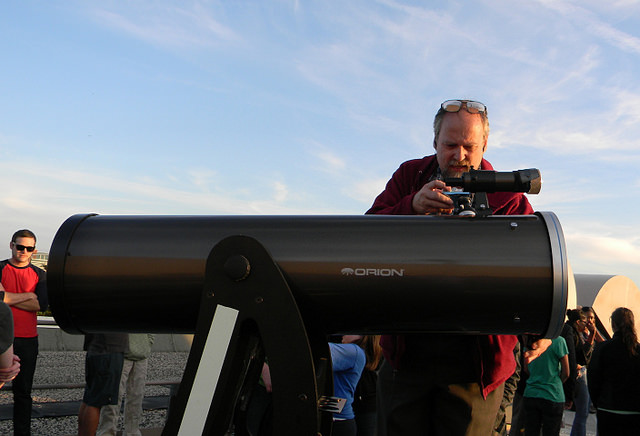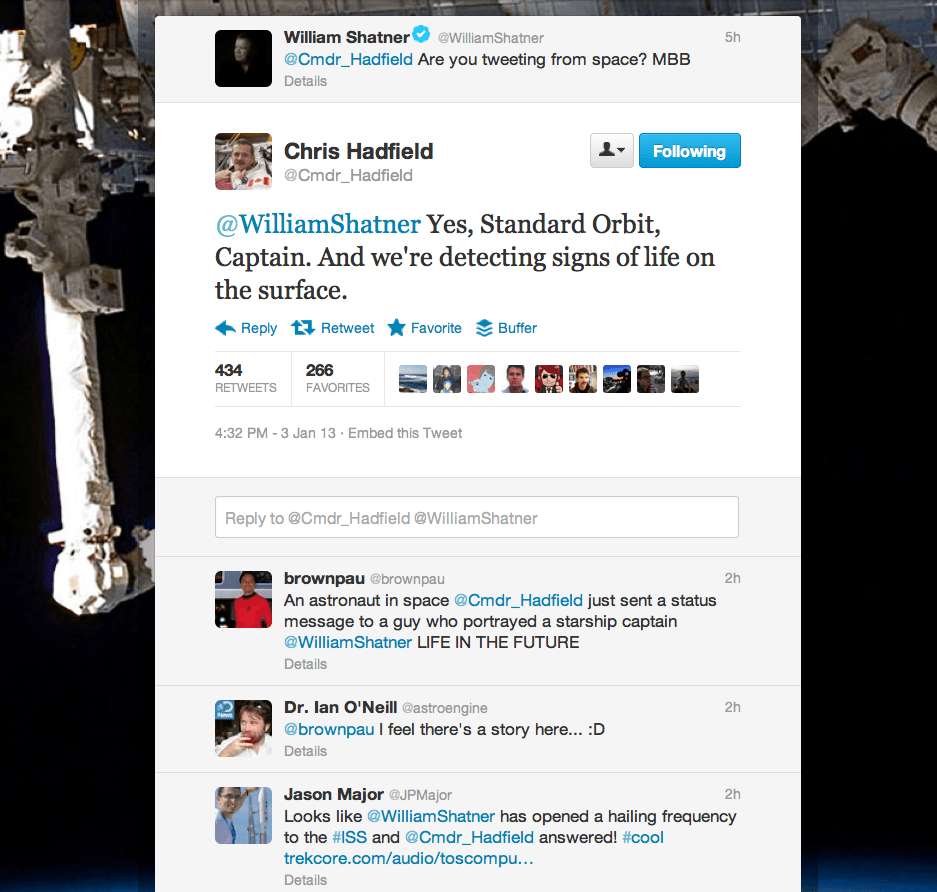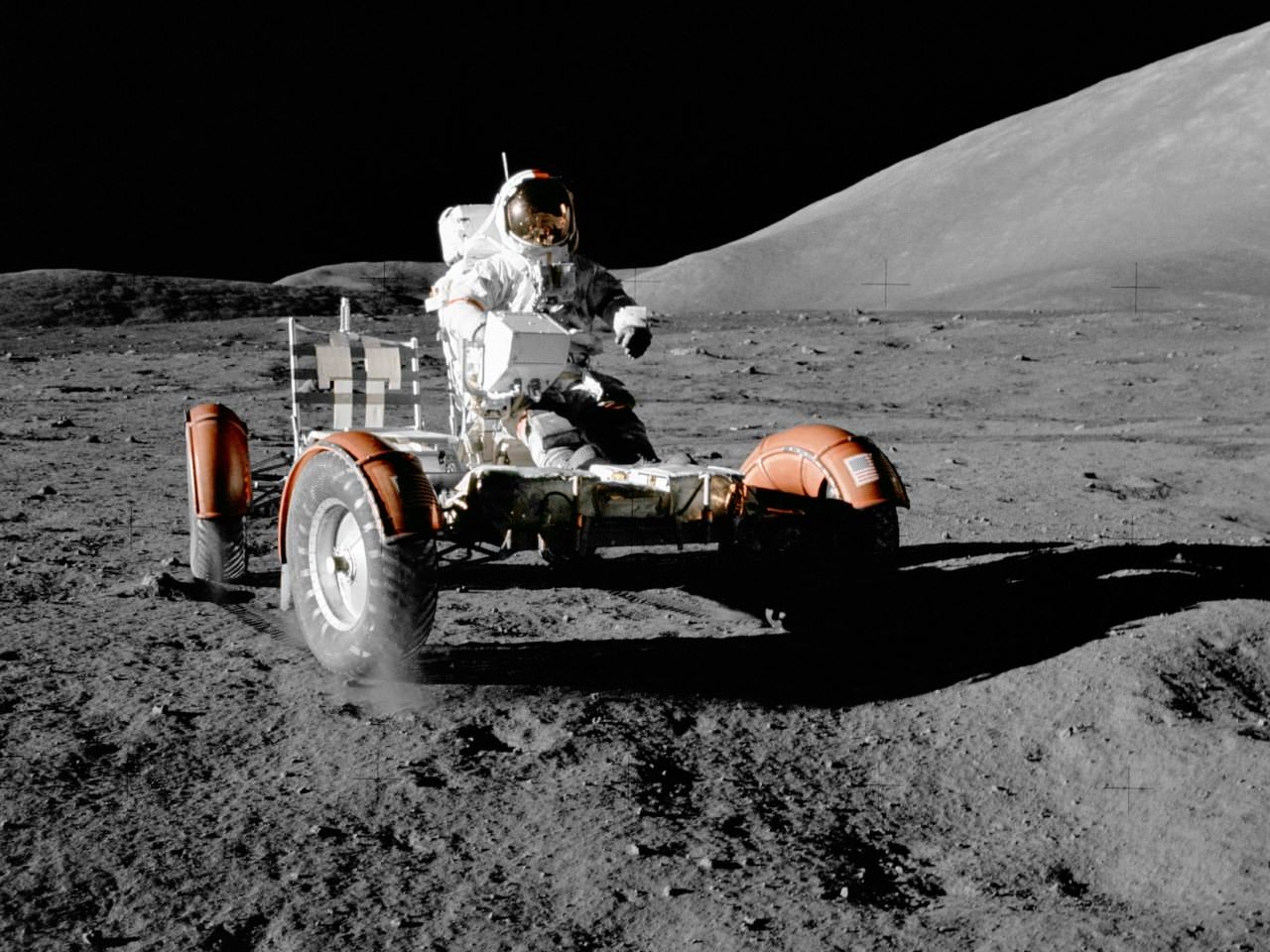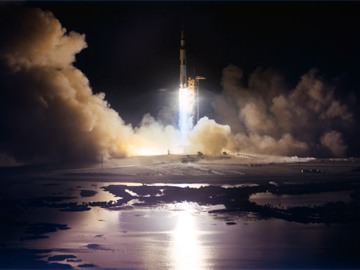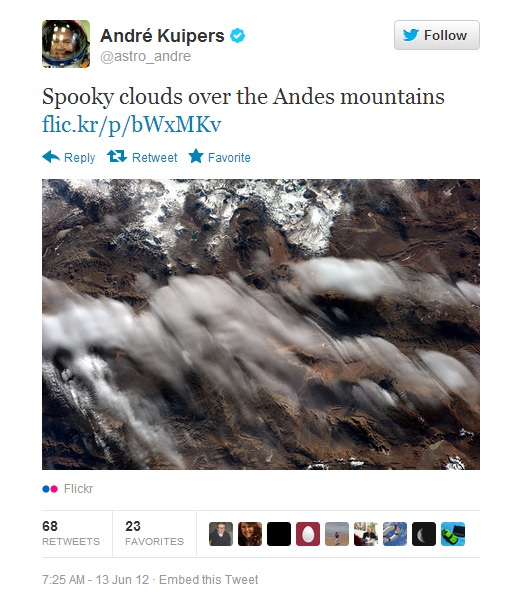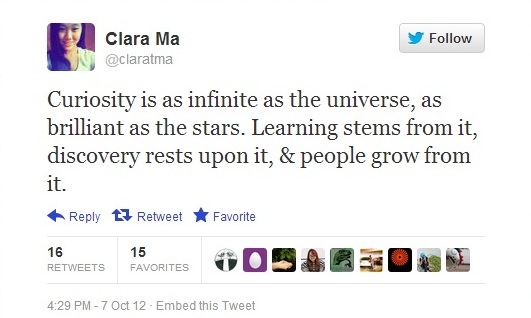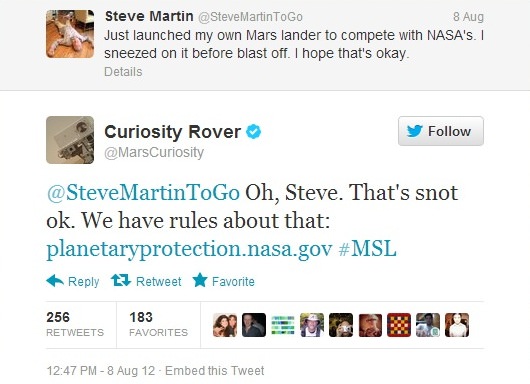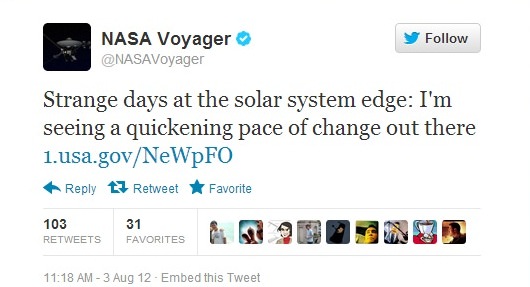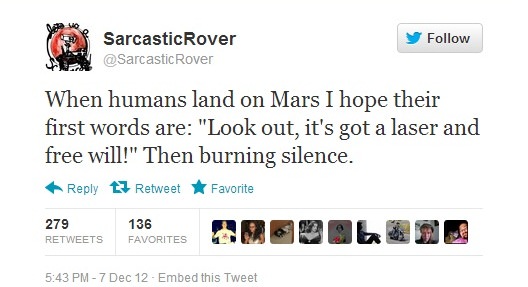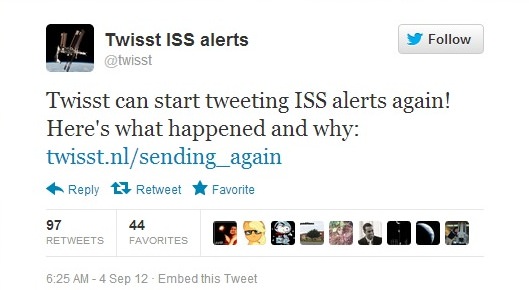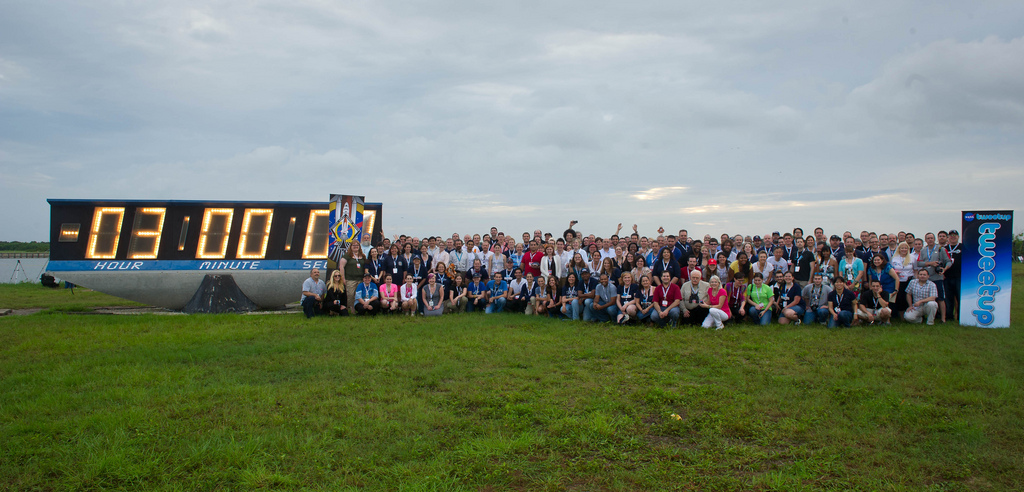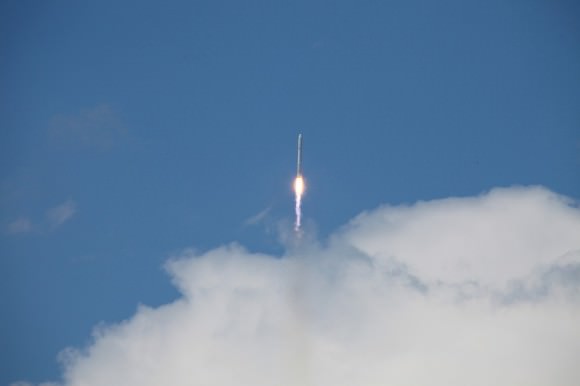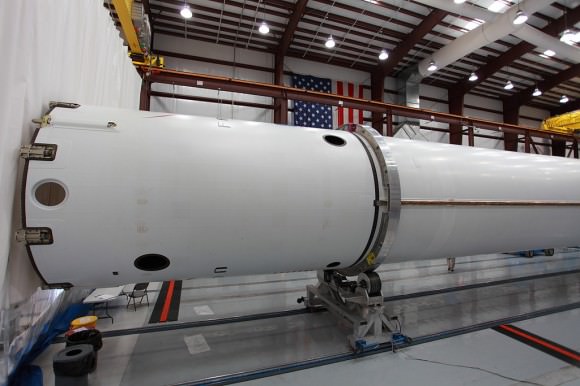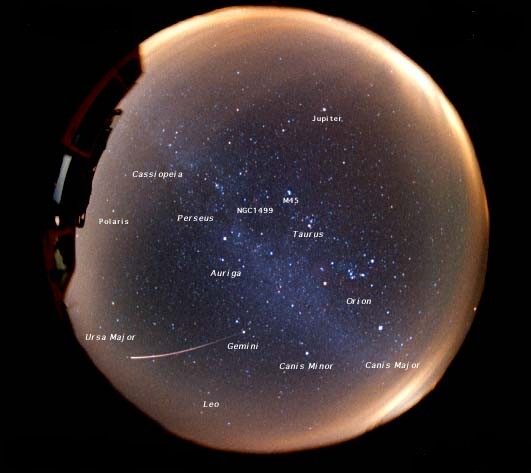12" of awesome Dobsonian love. Thanks #johndobson for the views! @universetoday @JPMajor pic.twitter.com/PLA321Vqf1
— Scott MacNeill (@scottiemacneill) January 16, 2014
Amateur astronomers love their Dobs. As we said in a previous article, “A Dobsonian is simplicity in itself; a simple set of optics on a simple mount. But don’t be fooled by this simplicity. Dobsonian telescopes are incredibly good and are great for amateurs and professional astronomers alike.”
And so, we were all saddened to learn of the passing of John Dobson, the inventor of this beloved telescope. We asked our followers on Twitter to tweet pictures of their Dobs, and our feed got flooded with pics and remembrances. See a bunch of our retweets below:
@universetoday Co-creators of http://t.co/F0j0xZo0g1 Jimi Lowrey and Dragan Nikin with Jimis 48" f/4 OMI pic.twitter.com/Mgr4KNOfjd
— DeepSkyForum (@DeepSkyForum) January 16, 2014
@universetoday (part of) me and my trustee 19-year old Dobsonian. Should have painted it black! :-} pic.twitter.com/AcVJT1A2GM
— Shahrin.Ahmad (Shah) (@shahgazer) January 16, 2014
@universetoday Here's my daughter's 6" f/8 'sidewalk telescope' that we built. RIP #johndobson pic.twitter.com/CpnvHTGYY0
— Brett Schaerer (@astrobug75) January 16, 2014
@universetoday commercial 6" and homemade 10" pic.twitter.com/ZRGokcCjeJ
— Paul Stewart (@astrostew) January 16, 2014
@universetoday here's @SalAstroSoc 14 inch #Dobsonian at our lady open day pic.twitter.com/WAe2LEf4Ju
— Salford Astronomical (@SalAstroSoc) January 16, 2014
Here's my 10-Inch #JohnDobson scope, with a homemade solar filter #DIY http://t.co/CMQ8u5dS30 @universetoday pic.twitter.com/MA0RcguCXc
— Jane Houston Jones (@jhjones) January 16, 2014
@universetoday Looking at PANSTARRS with my #dobsonian pic.twitter.com/lRp38TWh0i
— Peter Wakeford (@echempe) January 16, 2014
@universetoday Here's the pic of me and my dob that was on the back cover of my book! pic.twitter.com/HKwRRJdGvi
— Kelly Kizer Whitt (@Astronomommy) January 16, 2014
@universetoday My 8 inch #johndobson pic.twitter.com/T0bUINmjV1
— Kate Northcutt (@katenorthcutt) January 16, 2014
@universetoday Co-creator of http://t.co/F0j0xZo0g1 Dragan Nikin and his 25" f/5 Obsession pic.twitter.com/Iu3EAqB2hQ
— DeepSkyForum (@DeepSkyForum) January 16, 2014
The Art Guarino 10" Dobsonian @FrostyDrewOBSY #johndobson @universetoday ht @JPMajor pic.twitter.com/VJnQyQwp0B
— Frosty Drew OBSY (@FrostyDrewOBSY) January 16, 2014
@universetoday best thing I’ve ever bought. #johndobson pic.twitter.com/qtOizlvXo6
— Nathan Broussard (@ropeswing05) January 16, 2014
@universetoday Here's mine with infinite thanks to #johndobson for adding wonder and joy to my life. pic.twitter.com/mwmvVzuwBp
— Jennifer Rivera (@lasenorarivera) January 16, 2014

